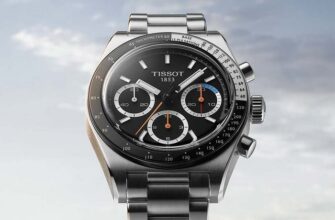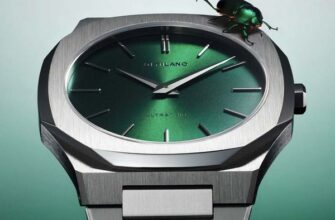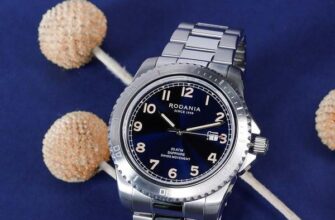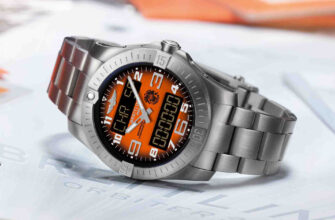A hundred years ago, a watch on the wrist was considered only as a lady’s accessory, a cute jewelry trinket on a thin gold wire. What suited the man more was the chain hanging elegantly from his pocket, at the end of which was a large round watch that opened with a click. They made their way from the pocket on the wrist thanks to the needs of the military. It is believed that the first order for the supply of watches to the army was carried out by the Girard-Perregaux company in the 1880s for the Imperial German Navy.
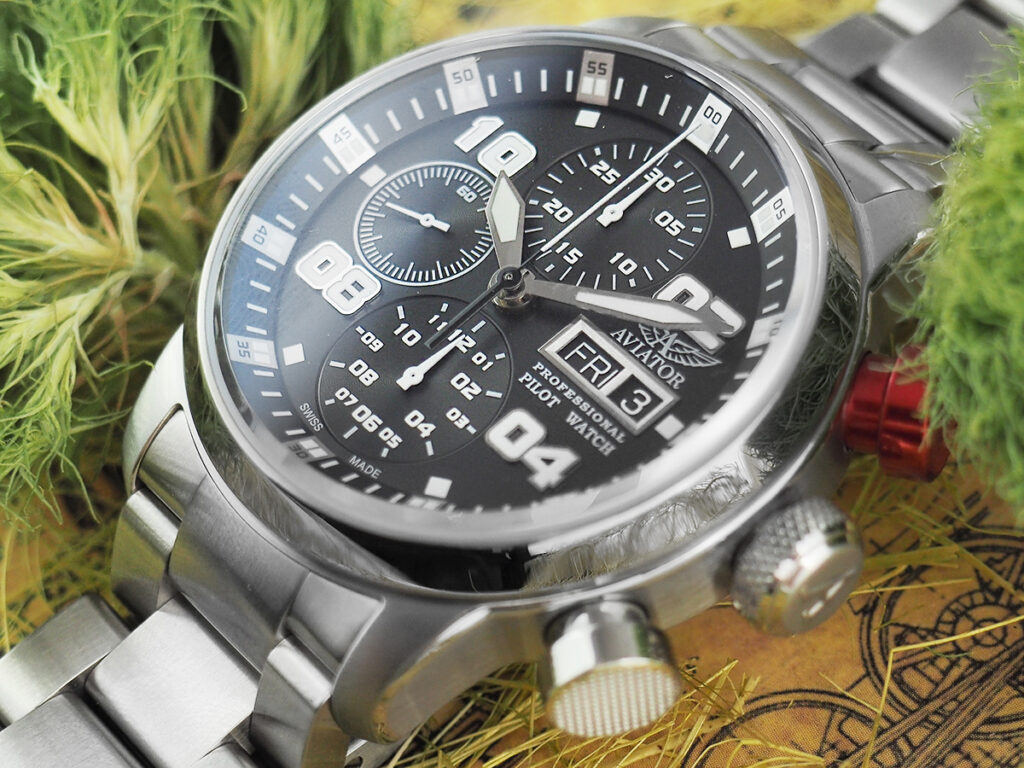
During the Boer War and the First World War, watches were actively used to coordinate attacks and artillery strikes. Since 1906, they began to be supplied with flexible bracelets and primitive case fastenings, which made wearing on the hand much more convenient. The fragile glass was protected from impacts and fragments by either a metal grill or a leather cover. Since the moment when watches became a military necessity from a novelty and decoration, the attitude towards their production has changed.
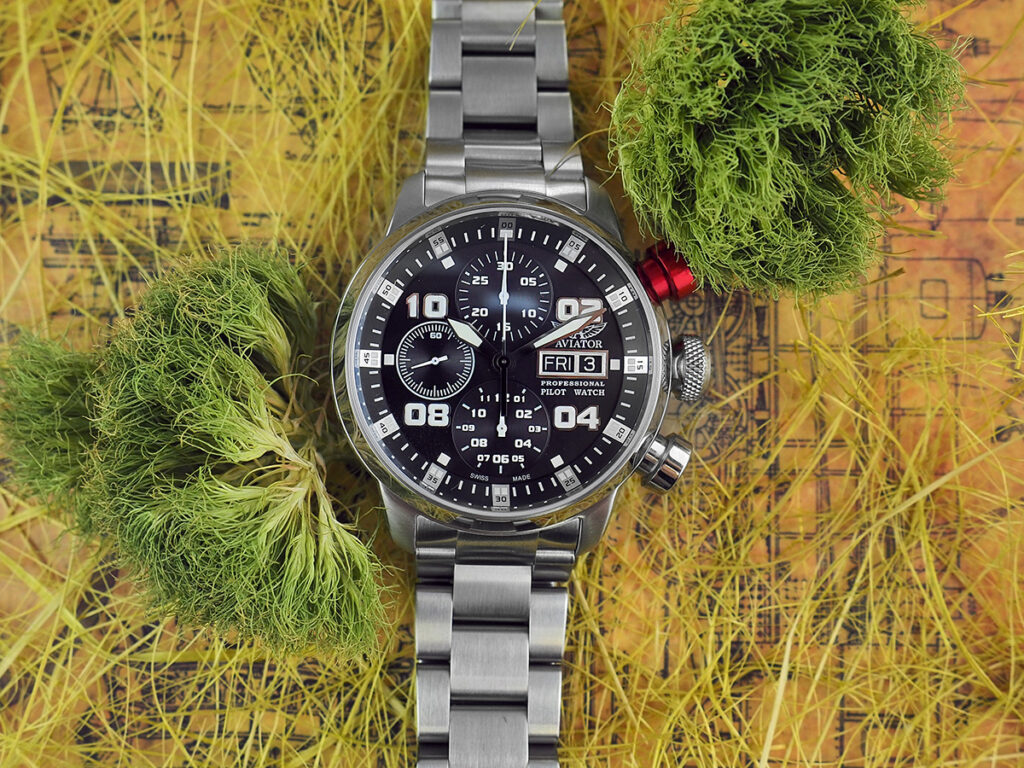
A significant contribution to this was made by Hans Wilsdorf, who in 1905 founded the company Wilsdorf & Davis, Ltd., ten years later renamed The Rolex Watch Company, Ltd. He constantly improved the characteristics of his watches, releasing, for example, the first waterproof Oyster (“oyster”) model in 1926. And it was Rolex that began producing lines of “professional” watches, which were tools for performing specific tasks, be it diving, flying at high speed and high altitude, moving in uncharted terrain, and so on.
You should know: military and military watches are not the same thing. The first category includes certified models adopted by one or another army unit, with specific technical characteristics. The second is more of a style category; such watches often have appropriate external rather than technical parameters.
Today, all watches supplied to the army undergo a series of special tests and have the appropriate certificates. The British Ministry of Defense prescribed standards for watches for the Air Force and Navy in the 40s of the XNUMXth century, calling it WWW (Wrist Watch Waterproof).
In 1964, the Pentagon published the MIL-W-46374 standard, which contained the requirements that simple, rugged watches had to meet for use in combat environments. As in many other areas of our lives, many of the inventions, complications and materials that we can see when we look at our wrists were originally created specifically for military watches. Below are some mandatory characteristics of a military wristwatch.

Design: discreet, with clear information display
The appearance of a military watch satisfies two requirements: it must be discreet and provide all the necessary information at first glance. Today it is mostly a black dial, case and strap. The NATO strap, durable and prevents the watch from being lost even if the lugs on one side are damaged, can be black or khaki. Glass with anti-reflective coating will not allow a ray of light to reveal the owner of the watch and will not reflect, making it difficult to see the dial.
You should know: today a number of manufacturers produce watches from high-tech materials with many complications, very accurate and high-quality, but at the same time they are not officially supplied to the army. The most striking example is that many professional military personnel from different countries, both in service and in private life, choose G-SHOCK precisely for its characteristics. At the same time, Rolex or Panerai, which have decades of relationships with the military, are now out of reach for most watch enthusiasts, whether in uniform or in civilian clothes.
Tritium illumination has been used for decades to improve visual clarity and the ability to see in the dark. Initially, it was paint with the addition of tritium, but they abandoned it, switching to cones with this radioactive element, but safe in such packaging. Tritium always works, and the user does not need to “charge” the watch or press a button, which would be, to put it mildly, inconvenient in reconnaissance or ambush. All twelve hour markers are large and are indicated in Arabic numerals in a clear, chiseled font.
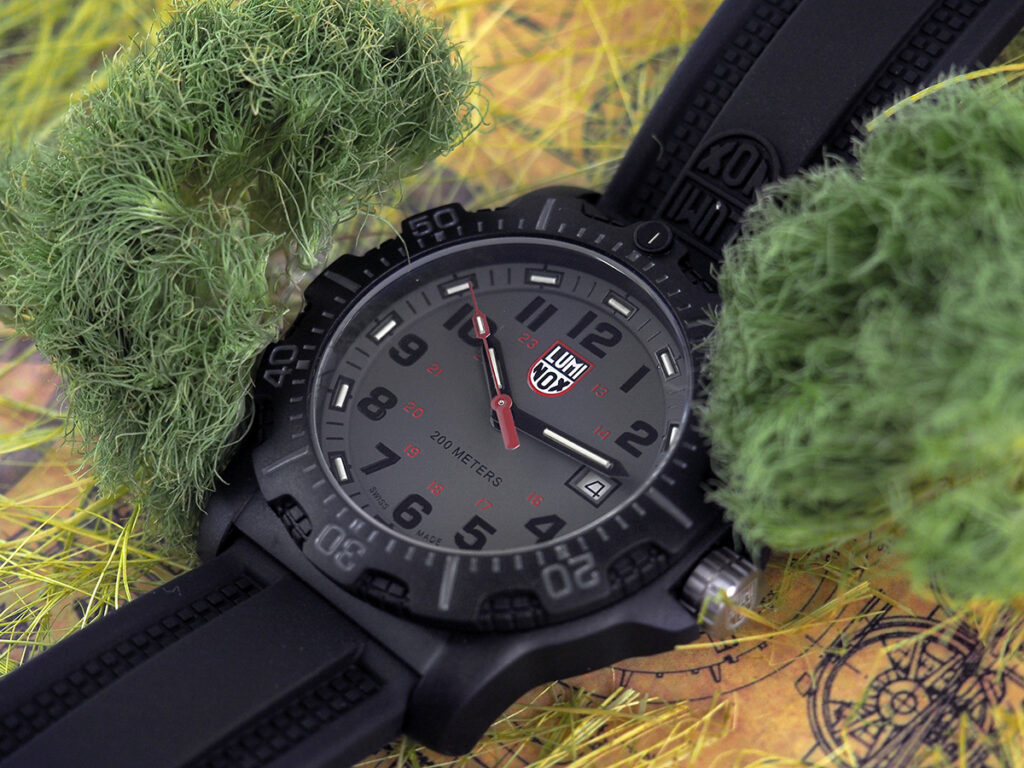
Materials: strength, lightness, protection
Steel and carbon, shockproof glass, polymers and nylon, various alloys - the main task of all materials used in production, from the smallest part of the mechanism to the buckle, this makes the watch even more durable and resistant to external influences. In addition, they should not glare or change their properties in heat or cold, under water or in a rarefied atmosphere. Space and military technologies are coming to the rescue, and watches, like cars, are quickly absorbing the latest inventions.
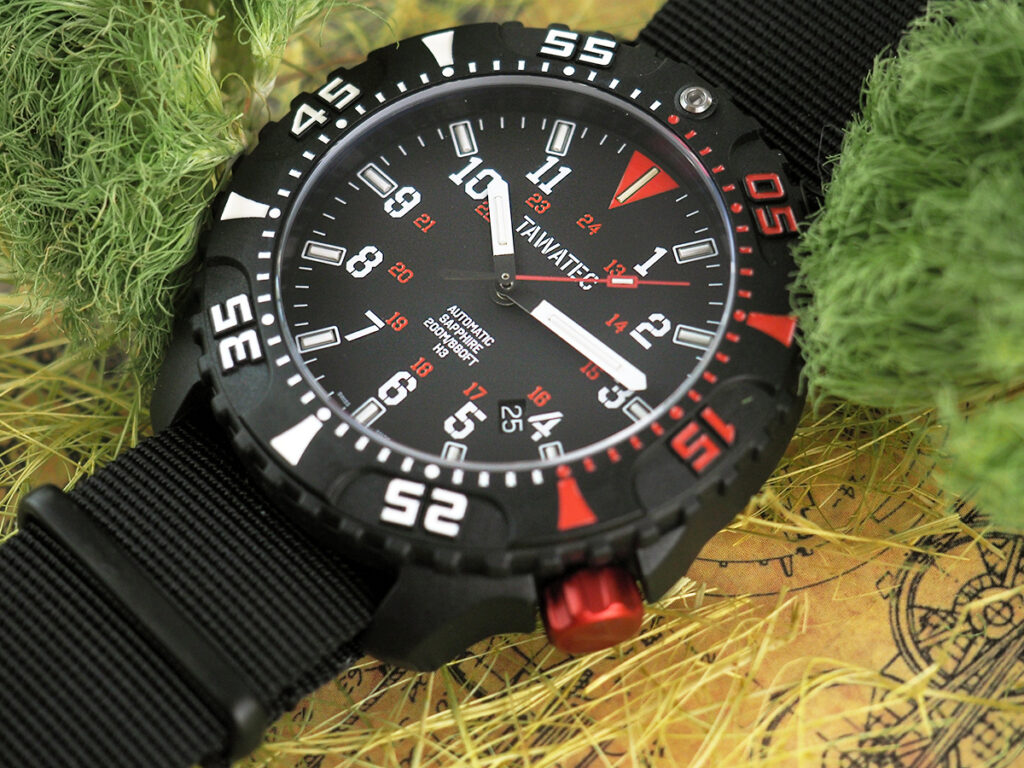
Protection: from any physical impact
For more than seventy years, mandatory parameters for military watches have been water resistance, corrosion resistance, and antimagnetic protection. Over time, dust-proof and shock-proof characteristics were added to them. Sealed cases protect against water, dust and other types of contaminants, and some manufacturers have double cases to ensure guaranteed protection of the mechanism.
In particular, the Traser H3 watches has a carbon outer case that protects against shock, and an inner one made of steel. Rolex constantly introduces improvements and inventions into its models, changing materials down to the smallest details of the movement, for example, they use nickel and phosphorus alloys, a parachrome spring, and high-grade 904L steel. Manufacturers like Casio increase shock absorption with additional rubber pads and a layer of alpha gel inside the case.

Functionality: required capabilities
From the point of view of functionality, military watches are more important for application characteristics than technological complications and the ability to be used in extreme conditions. Therefore, the accepted military standards do not have most of the complications that even budget Casios have today.
The most recognizable type of military watch dial is with an additional inner circle of numbers from 13 to 24. These are significantly smaller than the main 12, but are still distinct. We can say that a hundred years ago this was the answer to the main request of the military: this scale made it much easier to synchronize time and, accordingly, actions. For the needs of artillerymen, a telemetric scale was implemented in wrist chronographs, allowing one to calculate the distance to the shot.
The cardinal directions are marked on the bezel so that the wearer of the watch can more easily navigate the terrain; later, in modern electronic watches, a compass appeared. On the Luminox XL.8831.KM belt there is a map scaling ruler, this is another aid in orientation.

